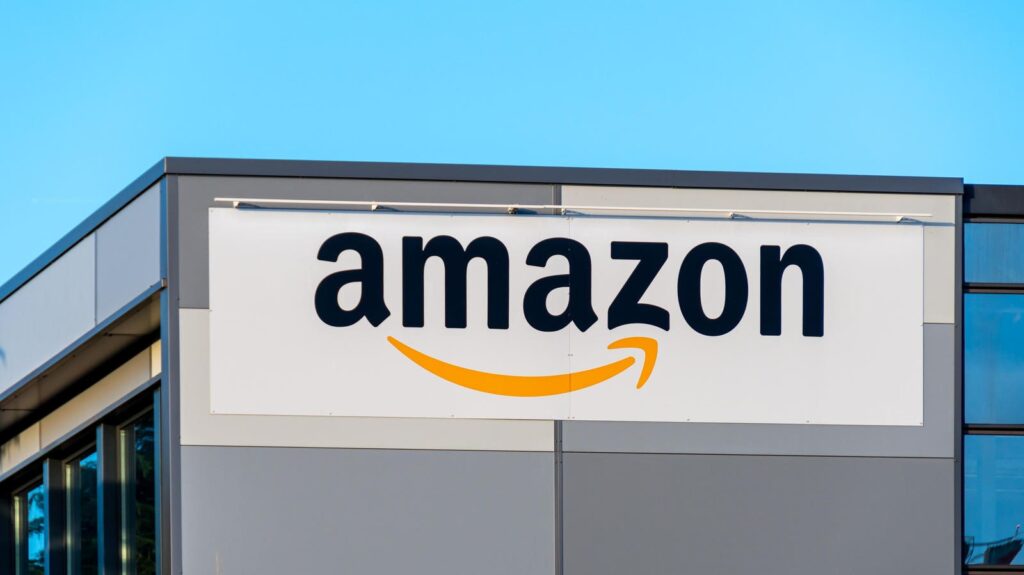As Amazon celebrates its 30th anniversary, is e-commerce's share of retail flattening out?
July 5th marks the 30th anniversary of the online bookstore being founded in Jeff Bezos' garage. This bookstore has continued to grow and revolutionize the way we shop. In 1999, just five years after its founding, Amazon had annual sales of a respectable $650 million. This represents approximately 5% of all US e-commerce. But this category accounts for just 0.6% of total retail sales, according to this interactive Federal Reserve chart based on Census Bureau data.
After a quarter-century of relentless growth, Amazon's U.S. product sales in the past year were estimated at $540 billion, and e-commerce's share of the total retail economy has grown to 15.6%.
But the Fed's chart reveals a surprising development: After a surge in online shopping caused by COVID-19 quarantine measures in 2020, e-commerce's share of total retail sales shrank to less than 15% in the third quarter of 2023. In 2023, the e-commerce portion of retail industry revenue grew by just 0.5%.
Online sales are expected to continue to grow, but the rate of growth is slowing. After increasing by more than 20% over the past decade, growth has fallen to single digits in 2022, according to research firm Insider Intelligence. Online sales in the United States are expected to grow approximately 12% annually over the next three years.
Further evidence is coming from the marketing side. At the peak of the pandemic, online advertising exploded and advertising rates skyrocketed. Since the peak, shoppers have returned to stores, e-commerce sales growth has slowed and advertising rates have fallen. Digital marketing platforms such as Meta (Facebook), which increased staffing to meet demand, have since announced layoffs.
This apparent slowdown raises many questions: Are e-commerce channels becoming saturated and hitting a market share ceiling? Are shoppers losing their enthusiasm for easy, cheap, and fast? Are they returning to offline shopping? And how do the statistics factor in the rise of hybridization, known in the industry as omnichannel?
The Census Bureau defines e-commerce as “the sale of goods or services where a buyer places an order or where the price or terms of sale are negotiated (…) over an online system. Payment may or may not be made online.”
Traditional brick-and-mortar retailers do not analyze in their financial reports the various combinations of online and offline customer interactions that can lead to a sale, but the flattening of e-commerce market share likely reflects the growing sophistication of shoppers and traditional retail marketers rather than changing shopping habits.
For example, omnichannel includes online surveys that lead to in-store purchases. Feedvisor, a consulting firm that provides AI pricing services to retailers, publishes its annual Amazon Consumer Behavior Report, which shows that 56% of people who shop online look into what's on sale on Amazon. They report that they start by paying particular attention to reviews.
Retailers like Walmart have mobile phone apps that allow in-store shoppers to check prices and find aisles with products. The resulting sales will not be displayed as e-commerce transactions. Items purchased online and returned in-store can generate ancillary sales that don't appear as e-commerce. Click and collect is a growing channel that starts online and ends in the parking lot.
Census Bureau statistics suggest that slowing growth may simply be failing to reflect what's happening on the ground and how e-commerce and in-store retail are converging in many ways. That means you can't do it.
All of this affects how inventory should be planned and managed, how prices should be managed, and how products should be developed to suit highly mobile customers and their expected experiences. And many more questions arise.
Indeed, each customer cohort at different retailers seems to behave differently. Moreover, their expectations vary across retailers, brands and channels (i.e. online vs. in-store). A complex problem given the dynamic nature of customer behavior itself. Having a solid understanding of where your customers are currently and trying to predict where they are going seems like a good starting point…


